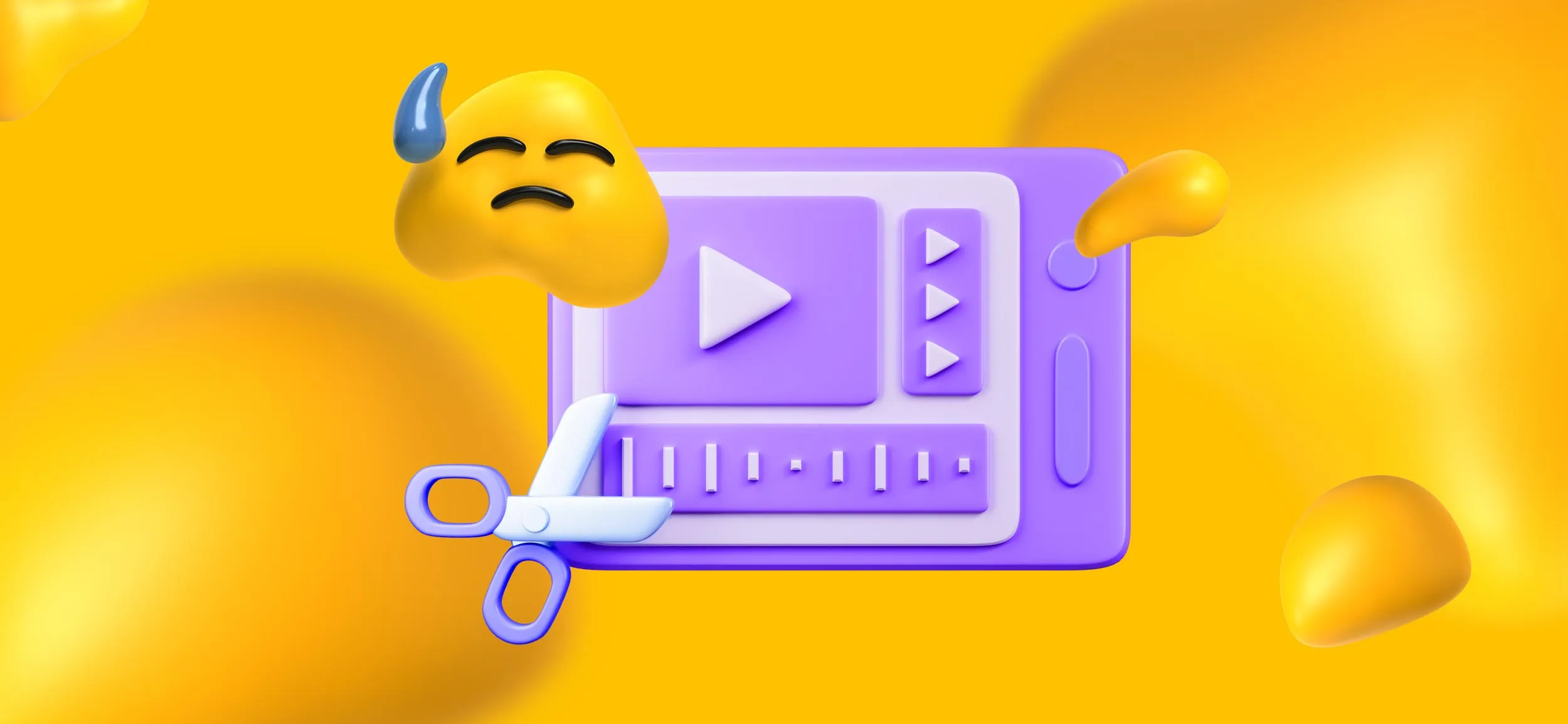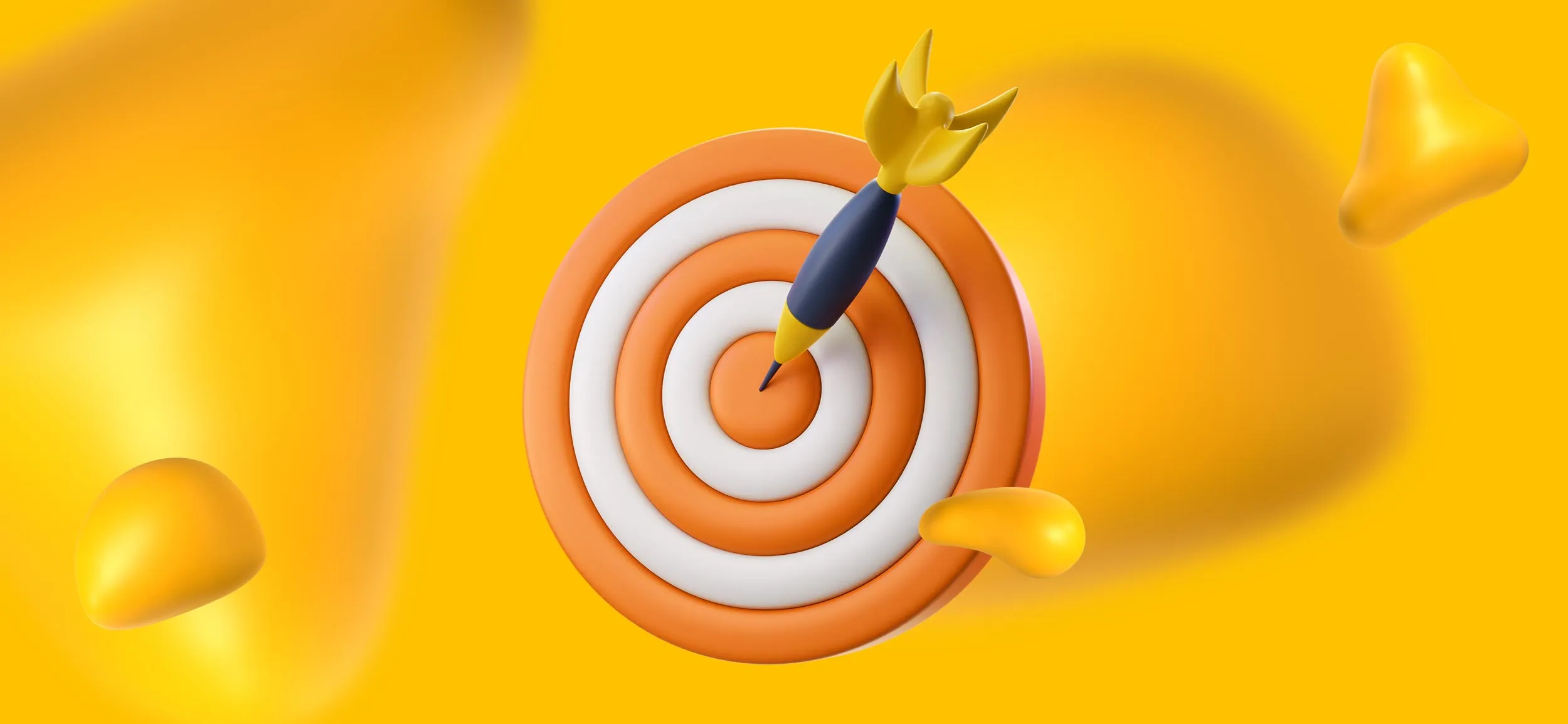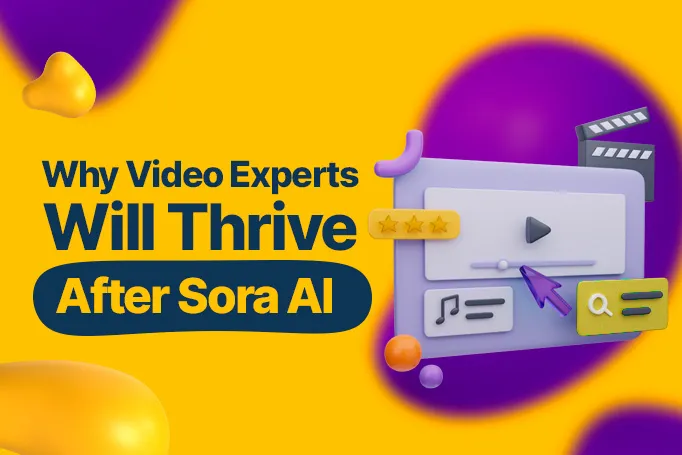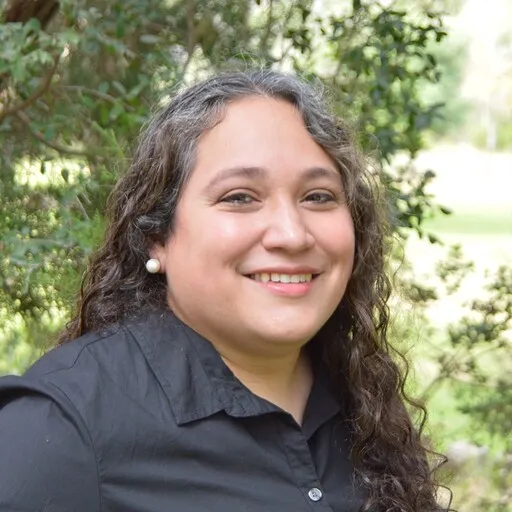If you follow any kind of tech news, you’re probably aware of Sora, OpenAI’s newest addition to their collection of AI tools, which was previewed (to much excitement) on February 15, 2024.
In case this is your first time hearing about it, Sora is an upcoming text-to-video model, capable of creating stunning video from simple, written text prompts. It will operate similarly to other OpenAI tools like DALL-E and ChatGPT, using natural language processing to draw from a huge database of information to create original content that matches whatever request you can come up with.
It’s a very impressive piece of technology and it might even have you wondering what its release will mean for you as a video professional.
Is AI set to take over the future of video editing jobs, rendering you obsolete and leaving you and video experts like you out to dry?
Before you start to panic, just know that we don’t think that’s the case.
Why not, you ask?
If you’re looking for some reassurance, then today’s blog is for you. Today we’re bringing you everything we know about Sora and why we don’t think the machines are rising up and taking over just yet!
Why Video Experts Might Be Worried About Sora AI

We can see what all the buzz is about.
Judging by the previews on its website, Sora AI seems, for lack of any better words, amazingly cool.
It’s capable of generating realistic and stunning video content in any style you want just by entering a simple written prompt, much like you’d do with ChatGPT or DALL-E.
It doesn’t stop with text, either. According to the website, Sora will also be capable of extending existing video clips and even generating video from static images or photos. But, as cool as the previews are, and as amazing as Sora promises to be, we still don’t think this spells the end for video editors, producers, animators, or anyone else who might be worried.
Allow us to explain.
Sora's Limitations
Sora AI is a huge advancement in text-to-video technology, there’s no doubt about it.
And while it is impressive, no matter how advanced AI technology has gotten over the years, it still has its limitations.
Here are a few areas where it's currently lacking:
Contextual Understanding
When it comes to contextual understanding, Sora, like most other AI tools, lacks contextual understanding.
If you write a prompt that requires the nuanced interpretation that a human would immediately grasp, the model likely will not catch it. Things like sarcasm, irony, or cultural references will go over the machine’s head and could lead to inaccuracies in the videos it generates.
Any ambiguity or context that human intuition would have no problem seeing through could also confuse Sora AI, resulting in off-the-wall results that miss their mark or result in output that misinterprets your prompt completely.
This is because the model operates based on predefined algorithms, which are excellent for generating stunning video but are rather rigid and limit its flexibility in real-time adjustments. This is a reminder that video editor AI’s integration into creative processes is still very much evolving.
The Laws of Physics
Check out this Sora-created scene of a dog hopping out of his window for a little stroll across his neighbors’ windowsills (as dogs are wont to do).
Notice anything strange about it?
Take a look at the shutter. From the shadow we see, it's clear the shutter sticks out a few inches past the lip of the windowsill. To get his paws on the windowsill, our furry friend there would have to step farther out and be forced to maneuver his way past the protruding shutter.
But instead, he … just takes an M.C. Escher-like step right in front of it?
Watch again and you’ll see that his movements don’t quite vibe with the law of physics. AI art generators sometimes have the same problem, generating art that gives us a bit of that uncanny valley feeling where our brain tells us something is just off about what we’re seeing.
Sora AI’s video editing seems to have the same limitations, which will have to be fixed with further prompts or through the work and skill of a human editor.
Continuity
Due to the complexity of video, Sora can sometimes lack continuity, as well.
For example, if there were footage of a kid eating a sandwich, you might see the sandwich regenerate between bites, even as the person holding it is chewing away.
Just as DALL-E, Midjourney, and other AI art generators have trouble with continuity and elements like fingers and faces, Sora is expected to do the same with elements of a video that require continuity. The continuity challenges highlight the current state of AI’s video production impact and clearly show the need for human experts to touch up what the machine cannot.
Duration
Though this could very well change with future iterations of Sora, for now, its biggest limitation is that it can only generate video up to 60 seconds long.
And while a whole minute is perfectly adequate for short-form content like a quick ad or a promo, it isn’t nearly enough time for anything more than that.
This means if a marketer wants to create long-form content or a filmmaker wants to make an entire movie completely from Sora content, they would be forced to string together a series of videos, something that is practically impossible due to AI not interpreting prompts in the exact same way each time.
Audio
If you spent a few minutes checking out all of the existing footage from Sora that’s available on its website, you may have noticed something they have in common.
That’s right. None of them have sound.
Audio editors are already jumping all over this fact, quickly rushing to add audio to existing Sora footage. Check out this video here and see how much good audio adds to the overall cinematic effect of these clips.
So, as beautiful as Sora’s footage will be, it will still need a good sound editor to polish it up and get it ready for an audience who will expect their video to come complete with sound, music, effects, dialogue, and more.
What Human Video Experts Bring to the Table

Despite the advancements in creative AI video solutions that Sora represents, these limitations make it quite clear that Sora-created content will absolutely need a video expert to clean it up and ensure that finished footage presents the narrative that it's meant to.
Here are other irreplaceable qualities that good, old-fashioned human video experts add to a video project that AI just cannot:
1. Creative Vision
Human video experts have the ability to align their creative vision with the video project’s goals.
They also bring much-needed creativity, depth, and innovation to the table, offering fresh perspectives and imaginative solutions to storytelling challenges in a way that resonates with the target audience and makes the finished result that much more impactful.
2. Strategy
While Sora can generate excellent video to use in a marketing campaign, it only operates on one prompt at a time.
It takes a human to see the bigger picture and to anticipate the needs and wants of an equally human audience. Human video experts have a comprehensive understanding of strategic storytelling techniques, which makes it possible to create narratives that effectively communicate key messages and engage target audiences.
They can develop these video strategies in a way that aligns with broader marketing or branding goals of a brand, so that the finished product doesn’t just look great but also serves a purpose and drives desired outcomes.
3. Emotional Connection
And because humans are social creatures, we also possess the emotional intelligence required to create content that really drives home messaging and resonates with an audience.
Storytelling techniques like framing, pacing, music selection, visuals, and more can evoke specific feelings and connect with viewers and human editors and production specialists know just how to use these techniques to their advantage.
4. Quality Control
Video experts uphold rigorous standards of quality throughout the production process to make sure that every aspect of the finished video meets the expectations of the marketers or filmmakers it's meant for.
Skilled videographers and filmmakers have keen attention to detail, and carefully review footage, audio, and editing so that the final footage is consistent, cohesive, and free of any technical, continuity, or creative issues that might impact the quality of the video.
5. Understanding an Audience
Humans also have the ability to conduct thorough audience research to gain insights into demographics, preferences, and behaviors, that help inform any creative or technical decisions about content strategy and messaging.
On the same subject of emotional connection, humans also know how to read a room and understand what an audience is expecting from a video so they can anticipate their reactions and preferences, which helps to guide creative choices and optimize the video to make maximum impact.
Sora and Video Experts: Man Working with Machine

Hopefully, we’ve been able to reassure you that the future of video editing jobs and video production jobs isn’t in jeopardy.
And if you’re still worried, let’s try to remember that we’ve been here before.
Back in 2022, when ChatGPT burst onto the scene, writers everywhere fretted that this advanced new technology would take their jobs. Much like artists and graphic designers feared DALL-E and Midjourney would take their jobs when that technology became available in 2021.
Fast forward to 2024 and writers and artists are still working, having not been replaced in mass due to artificial intelligence, with some folks even expressing frustration with the online articles and art that are obviously created by AI alone, without any human refinement.
Instead, writers and artists are happily using AI as a valuable tool to help them with inspiration, mood boarding, conceptualization, ideation, and overall streamlining their existing creative process.
<div class="c-blog_comp-cta cc-component-2"><div class="c-blog_comp-cta-left"><div class="c-blog_comp-cta-left-wrap"><img src="https://global-uploads.webflow.com/61cdf3c5e0b8155f19e0105b/63695243d096983691046ac3_Potential-Creative.png" loading="lazy" alt="" class="c-blog_comp-cta-left-img"></div></div><div class="c-blog_comp-cta-right cc-dark"><div class="c-blog_comp-content"><div class="c-text-wrapper cc-mb-32"><div class="c-title-4 cc-bold"><strong>Like to work as a freelancer with consistent income?</strong></div></div><div class="c-text-wrapper"><div class="c-text-2">Designity's collaborative model is designed to give you all of the perks of being a freelancer without the income instability.<br></div></div></div><div class="c-blog_comp-wrapper"><a href="http://designity.com/creatives" target="_blank" class="c-button w-button"><strong>Join Our Creative Community</strong></a></div></div></div>
Looking for a Place for Your Talents to Thrive?
So, in short, we don’t think that Sora is out to rise up Skynet-style and steal your jobs.
We anticipate that Sora will be much the same for video experts as ChatGPT and DALL-E have worked for writers and designers before. Not a replacement, but another useful tool in your arsenal.
And if you’re looking for a place to learn how to use AI tools to your advantage and to provide you with plenty of interesting video projects with interesting clients and industries, then why not join the Designity community?
Designity is a tech-enabled and future-ready platform that happily uses AI to streamline our workdays and make our creative process more efficient than ever. And on top of that, you’ll enjoy competitive pay, a remote work environment, a flexible schedule, and the opportunity to work with experienced Creative Directors to help you grow your expertise.
Sound like a place you could thrive in?
If you think you’ve got what it takes, why not put your skills to the test and apply today?
Will you be a part of Designity’s future? We can’t wait to find out!


